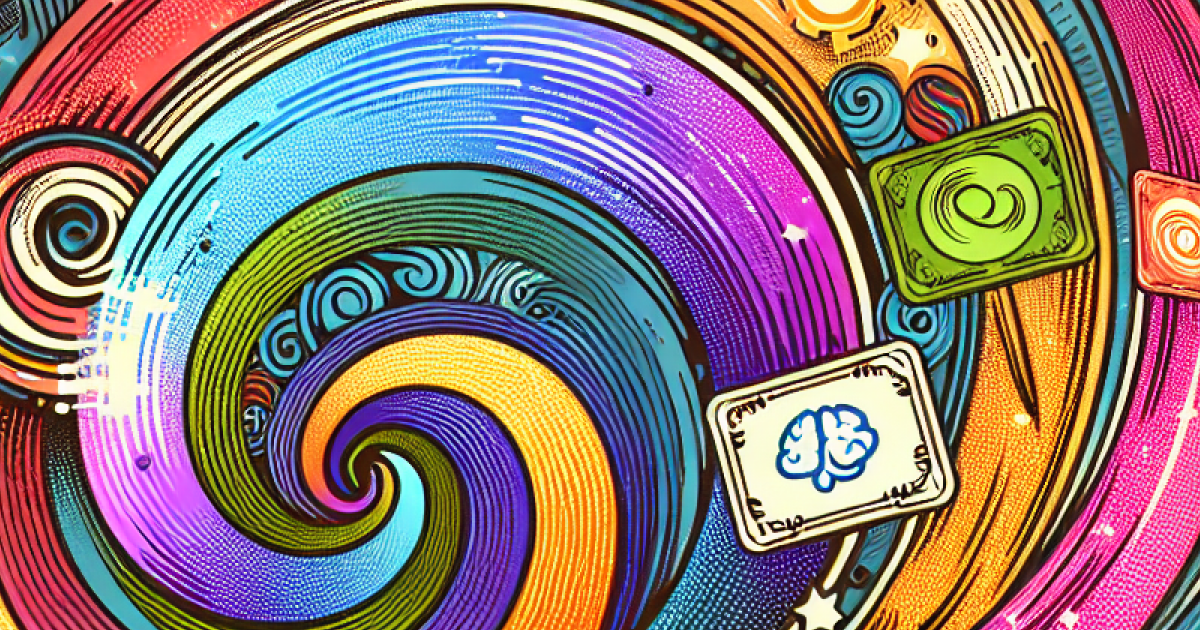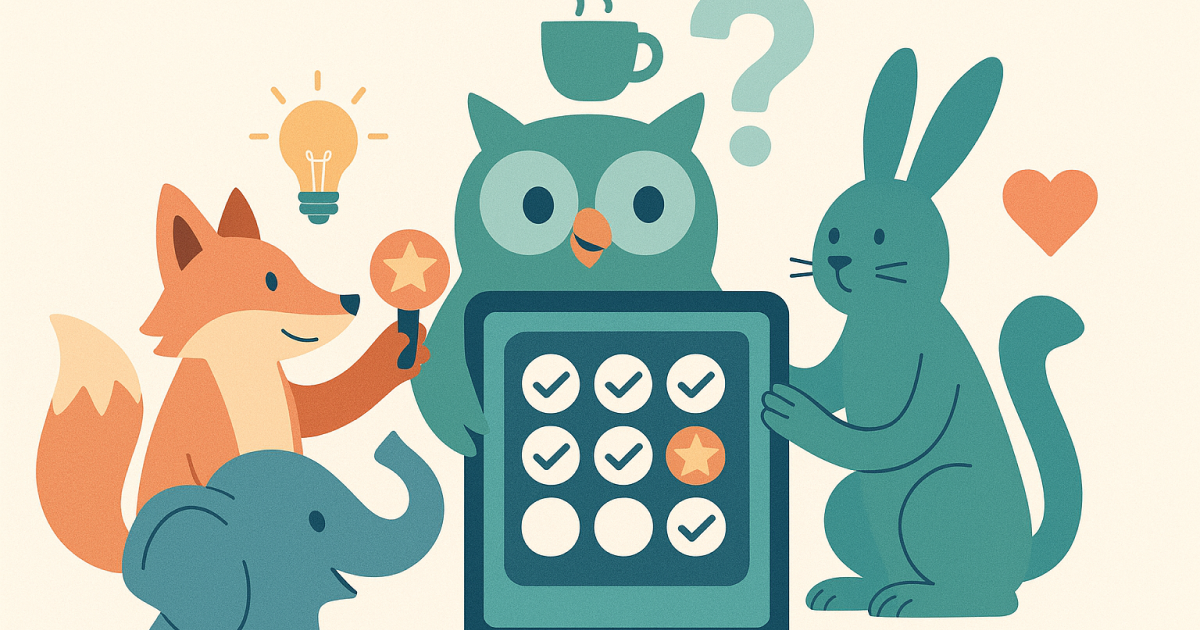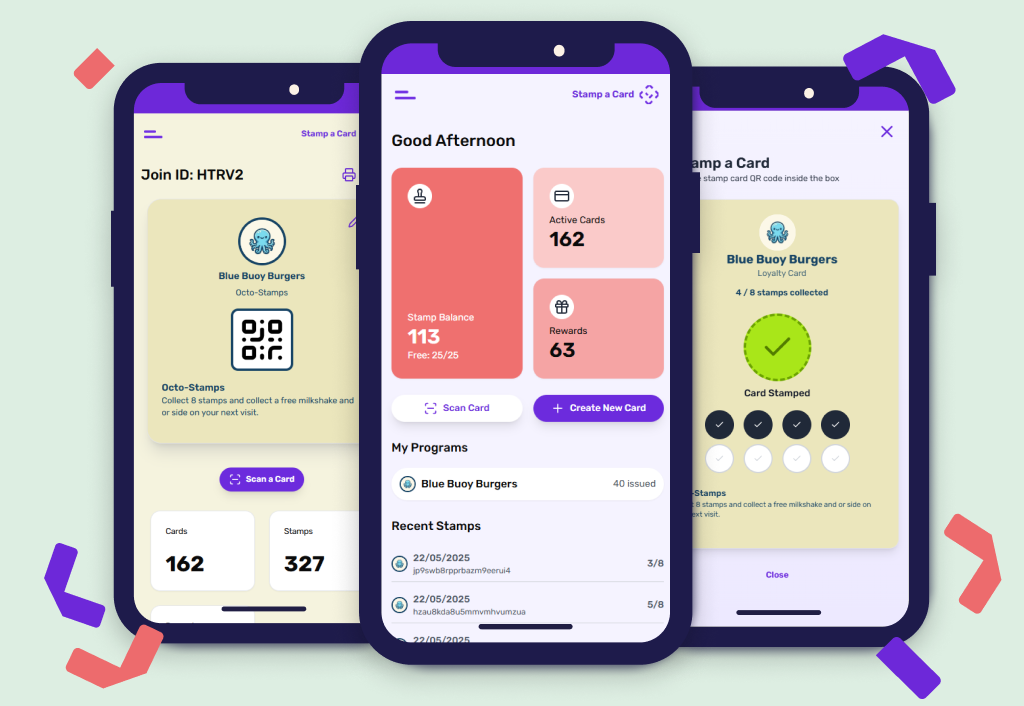Spin the Loyalty Reward Cards Magic: Decode the Psychology

Waltz into your regular java joint, your go-to barbershop, or your favourite manicure maestro – odds are, you'll be handed a dinky loyalty card stamped with an easy-breezy promise: "Seal 6 stamps, celebrate your 7th visit on us." The concept is straightforward, but its efficacy is staggering. It doesn't just pull patrons back but pushes them to shell out more over the long haul, even converting them into loyal brand advocates. So how does this magic work?
It's all encoded in psychology. Loyalty cards aren't just your ticket to a deal—they're deeply plugged into the human mind's quest for achievement, consistency, and appreciation. Let's decode the key psychological truths that energize these petite, potent power packs.
1. The Goal Gradient Effect: Nearer equals Quicker?
At the heart of loyalty reward cards lurks a famous psychological linchpin – the goal gradient effect. A fancy phrase, first demonstrated by Clark Hull in 1932, that essentially states that as humans inch closer to an endgame, their relentless push skyrockets. In 2006, Ran Kivetz, Oleg Urminsky, and Yuhuang Zheng illustrated this by a classic study, one group was handed coffee stamp cards with a deal capped at 10 stamps to enjoy their caffeine fix for free, while another required a total of 12 stamps but were gifted 2 bonus stamps up front. Despite both groups needing a total of 10 actual purchases, Group 2 blitzed through their cards in no time. The reason? They felt they'd already embarked on the journey.
Here's how it pans out in the loyalty cards realm:
Once customers decipher some headway, they're charged to forge ahead. Even an insignificantly ticked-off card infuses them with a sense of traction, redoubling returns.
2. Commitment and Consistency: Playing the Starters’ Game
Unlocking your customers’ loyalty journey isn't just about offering snazzy deals – it demands sparking off a commitment, however tiny. This finding stems from the wisdom of Robert Cialdini’s ‘Consistency Principle.’ This means once your patrons have dabbled in the act of collecting stamps, their minds are tuned to see it through – solely to gel with their initial commitment.
Strategy Takeaway for Businesses:
Securing the first stamp in your client's fold is the game-changer. This can be kindled post their first visit or even proactively. The idea is to trigger the commitment cycle in motion.
3. The Power of Micro-Wins and Habit Sculpting
Bear with me – every punch of the stamp isn't just an act but a petite victory. This momentary triumph injects a sense of gratification - thank serotonin for that joyride. These tiny rewards create strong reinforcements inside the brain, constructing a neural habit bridge: cue → routine → reward. The end result? Your company could evolve from an occasional stopover to their dependable pitstop.
Why it's Raining Effectiveness:
Don’t wait for the grand finale. The magic lies in keeping your customers actively engaged through micro-milestones that pack enough punch to matter.
4. The Fear of Falling Back: Keep the Momentum
Behavioural economics teaches us that people are driven more by the fear of losing what they have gained than by the prospect of gaining more. The minute they earn a couple of stamps, they place an emotional value on their progress, despite its relatively little monetary worth.
The underlying psychology:
If customers forget their cards or discontinue visiting, they “lose” what they've accumulated. They're driven to make repeated visits to avoid the perceived loss of their effort.
5. The Power of Belonging and Social Proof
As human beings, we naturally crave a sense of belonging. Loyalty cards and digital platforms that offer features like leader boards, badges, or check-ins, can give customers a sense of being part of a tribe or a special group. Witnessing others participating in a rewards program sends a message that it's worthwhile – circumspect, trendy, or even elusive.
Start-up strategy:
Consider loyalty programs more than merely compensation initiatives. They're effective tools to cultivate a brand community that customers aspire to remain associated with.
6. Cultivating Relationships through Personal Touches
Another great feature of loyalty programs is they offer an opportunity to give your customer experience a personal touch. A simple "thank you" note, a special offer on the customer's birthday, or just a friendly recognition from your staff – these seemingly small gestures resonate a lot with people. They tend to remember organizations that remember them.
Relationship loyalty > Transactional loyalty:
Customers who feel valued don’t come back just for the rewards, but for the relationship that they share with the brand.
7. Keep Things Smooth and Simple
The simplicity of stamp cards cannot be overstated. No elaborate rules. No paperwork. No obligation to download apps (unless they want to!). Only an easy process-reward cycle that anyone can comprehend in an instant.
The psychological advantage:
When something feels familiar and easy, we're more likely to participate. Complications deter action.
Wrapping it all up:
Loyalty reward cards are not merely promotional gimmicks. In essence, they're small psychological powerhouses. They work because they tap into fundamental human tendencies: our quest for advancement, consistency, gratification, and belonging.
If you're an entrepreneur or business, your focus shouldn't only be on providing large discounts. Instead, strive to create meaningful, albeit small, interactions that entice your clients to return—not just for the reward, but for the overall experience.
Remember, every time you hand over a loyalty card, you're doing more than just presenting them with a piece of paper. You're stimulating their mind and that relationship between you and them.
Citations:
- The Goal-Gradient Hypothesis Resurrected - (Feb 2006) https://home.uchicago.edu/ourminsky/Goal-Gradient_Illusionary_Goal_Progress.pdf
- Cialdini, R. B. (2007). Influence: The Psychology of Persuasion. New York: Harper Collins.

